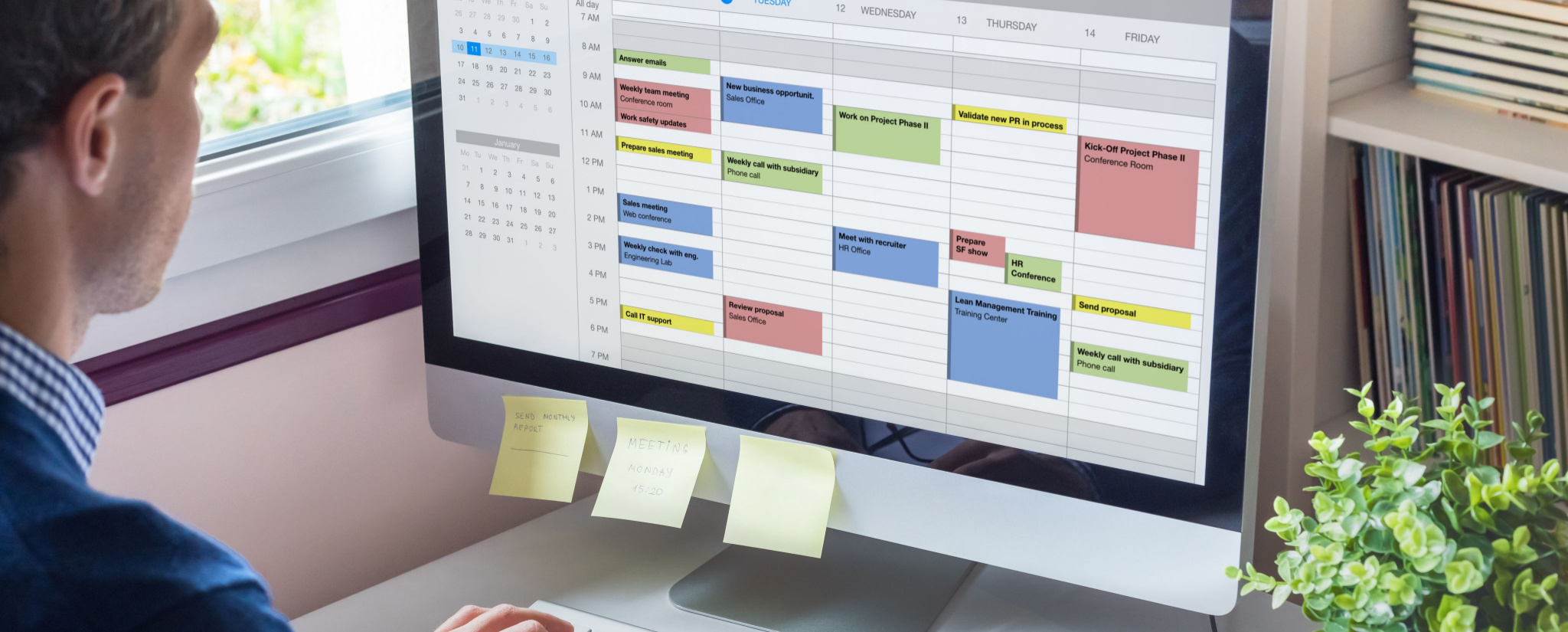
- Author: Donna McGeorge
- Posted: August 17, 2022
The 15% rule and why CFOs should apply it to their calendar
Can you remember the last time you had a meeting cancel at the last minute? How did you feel? If you are like many CFO’s you probably felt relieved and maybe even excited. A whole hour to yourself to do whatever it is that you want to do! What does your diary look like? Can I easily get some time, or are you booked out for the next 6 weeks?
As a CFO you are only as good as the information you have at your disposal. And it’s not just technical data. How available are you to your team, your peers and the wider organisation? That’s where there’s a wealth of information that could make all the difference. You should never be too busy for that.
CFOs need adaptive capacity
Adaptive capacity is the product of time, energy and attention that allows us to have the opportunity to anticipate, respond to and in many cases take advantage of changing conditions. It’s the thinking and breathing space all CFOs need to continue to make the right decisions for the future.
And it actually IS rocket science. Ozan Varol, author of Think like a Rocket Scientist, shares that most rocket scientists spend their time in quiet contemplation, thinking about problems and very little time at the blackboard undertaking complex calculations. He refers to these moments as “thought experiments” which are largely associated with Einstein but can be traced back to the early Greek philosophers. In a nutshell, it’s the time and space to think that makes all the difference in coming up with optimal solutions.
When was the last time you protected time for “thought experiments”. For years researchers have proved time and time again the positive impact of restful activities:
- Daydreaming, and even boredom, promote creative thinking.
- Non-work-related activities that both rejuvenate and excite you will provide the energy you need when it’s time to get down to work.
- Being in flow (Mihaly Csíkszentmihályi, 1975) helps us get more done. Up to 500% more according to a McKinsey study.
- Socialising: We get cognitive boosts from social interactions, and we also experience higher levels of intellectual performance.
- Disconnecting from work makes us healthier, more engaged when we are at work and less prone to procrastination.
Being less busy isn’t the issue.
The real opportunity here is to take time out. To stop and take stock of where you are at and make some decisions about how you want to work and what’s right moving forward.
The 15% rule is about giving yourself a buffer of time in your calendar that you protect from meetings. It creates a space that otherwise may have come accidentally from a cancelled meeting. A purple patch.
At best, this time can be used to do the things your future self would thank you for. Planning, ideating, creating or getting ahead of your activity horizon. At worst, it gives you some space for the inevitable interruptions that would ordinarily impede your productivity.
Create the space
What will a 15 per cent buffer look like in practical terms in your dairy?
- Over a year 1.8 months (or 7.8 weeks).
- In a quarter — 1.8 weeks.
- In a 20-day working month — 3 days.
- In a 40-hour work week — 6 hours.
- In a seven-day week — 1 day.
- In an 8-hour day — 1.2 hours.
Some of these options may be outside your comfort zone and make you feel quite uncomfortable, so which one feels doable to you?
For example, blocking out almost eight weeks of the year to ‘think’ may seem extravagant and wasteful, unless you are writing a book or a dissertation, studying, business planning or making a significant change in your life. There’s a reason why many professions encourage sabbaticals. Taking two weeks every quarter is accepted practice in education because we know that kids and students need a break from the effort of constant learning.
Blocking out three days per month may soon start to feel appropriate in the corporate world. It would allow us to take stock and do some decent planning. Blocking out six hours a week, or 1.2 hours a day, is where many people land because it has the least perceived impact on others. We can imagine holding on to that space in our diaries.
Pick one and try it out! Protecting this time out doesn’t mean you do nothing; it means you decide what you want to do. You can use that time to your best advantage. It allows you to shift from reacting to what has to be done right now, urgently, to being proactive and planning ahead.

About the Author –
Donna McGeorge is a best-selling author and global authority on productivity. Her book series, It’s About time covers meetings, structing your day, and doing more with less is available in bookstores around Australia or can be ordered online via Donna’s website at www.donnamcgeorge.com








